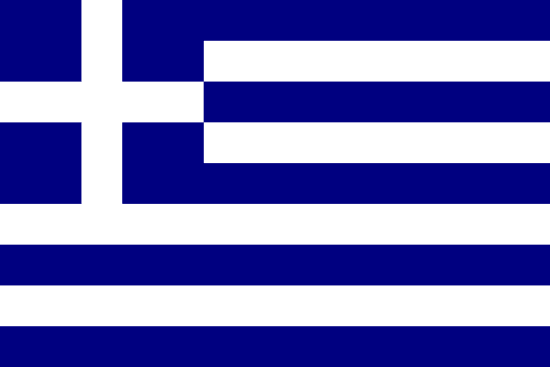"Η νησί των ανέμων | The island of the winds"
About:
Mykonos, a Greek island in the Cyclades group, has a history dating back to the 11th century BC. It was a significant location for trade and navigation throughout antiquity, often featuring in Greek mythology. The island was under the rule of the Romans, Byzantines, and Ottomans before becoming part of independent Greece in 1830. Mykonos transformed from a poor, largely agrarian society to a world-renowned tourist destination in the 20th century, known for its vibrant nightlife and iconic windmills.
When to visit:
Mykonos, a popular holiday destination in Greece, experiences peak tourist season during the summer months of June to August. Visitors flock to the island during this time for its vibrant nightlife, beautiful beaches, and warm Mediterranean climate. However, for a more tranquil experience with fewer crowds and lower prices, consider visiting in the shoulder seasons of spring (April to May) or fall (September to October). During these times, you can still enjoy pleasant weather and explore the island's charming streets and picturesque landscapes without the hustle and bustle of peak season.
When to avoid:
The worst time to travel to Mykonos on a holiday is during the peak summer months of July and August. During this time, the island experiences extremely high temperatures, overcrowded beaches, and inflated prices for accommodations and activities. The influx of tourists can also lead to long lines at popular attractions and restaurants, diminishing the overall experience of visiting this beautiful destination. Travelers seeking a more relaxed and authentic experience may want to consider visiting during the shoulder seasons of spring or fall when the weather is milder and the crowds are thinner.
Winter Season (Nov-Mar)
In Mykonos, the coldest and wettest period falls between December and February. The average temperature ranges from 12-15°C. Rainfall is sporadic, with January being the wettest month, averaging 6-8 rainy days. Sunlight is limited to approximately 5 hours per day, with frequent cloud cover. The weather is generally windy, particularly in February. Visitors can expect chilly mornings and evenings, with warmer, overcast afternoons. Despite the cold, Mykonos retains its charm with fewer tourists, providing a calm, serene atmosphere.
"Summer (June-September)"
In Mykonos, the warmest part of the year is from June to September, with July and August being the hottest months. During this time, the average high temperature ranges from 28°C (82°F) to 30°C (86°F), and the average low temperature is around 22°C (72°F).
Rainfall is minimal during these months, with July being the driest month, averaging less than 1mm of rainfall. The island enjoys an average of 10-12 hours of sunlight per day, providing ample time for outdoor activities.
Humidity is relatively low during the summer, typically ranging from 60% to 75%, making the heat more bearable. The sky is usually clear, with a cloudiness level of less than 10% on average.
For a visitor, a typical day in Mykonos during the warmest part of the year would be sunny and hot, but not excessively humid. The mornings and evenings are slightly cooler, perfect for exploring the island, while the afternoons are ideal for beach activities. The lack of rain and cloudiness ensures unobstructed views of the beautiful Aegean Sea. The nights are warm, making it comfortable for outdoor dining or nightlife.
Language:
In Mykonos, Greece, the most commonly spoken language is Greek. However, due to the island's popularity as a tourist destination, English is also widely understood and spoken. Other languages that may be heard include French, German, and Italian, primarily among visitors.




